Salisbury (Sarum) Probus Club
Sarum Probus Club is an organisation for retired men living in the Salisbury Area.
Previous Meetings 2021-2
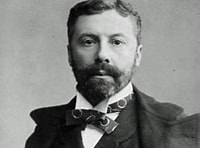
He traced the history of the D’Oyly Cartes through four generations. The story began with Richard Cart, a resident of Hampshire who was brought up by his mother because his father, broken by his experiences at the Battle of Waterloo, had committed suicide.
Richard played and made flutes and added an “e” to his name to distinguish himself from another Richard Cart.
Richard Carte married Eliza Jones, the daughter of a clergyman. She, determined to give her son a status, named him, at his christening, Richard D’Oyly Carte after a family link several centuries before, with Ouilly in Norman France.
Richard at first joined the family business making and selling musical instruments but he had ambitions to work in musical theatre and he composed in his spare time. He started to build a theatrical management business moving to manage the programme at the Royalty Theatre in London. Here he rightly judged there was a space in the market for musical comedy, having heard a short opera by Gilbert and Sullivan called “Trial by Jury” which was well received. Gilbert and Sullivan went on to produce 14 comic operas.
Helen Black became part of the Royalty Acting Staff but went on to play a much larger role in the D’Oyly Carte story, giving herself a French sounding name – Helen Lenoir. Together they established the Savoy D’Oyly Carte Theatre which performed the Savoy Operas by Gillbert and Sullivan.
This theatre was the first public building in the world to have electric lighting and it was renowned for its style, luxury and clean toilets. D’Oyly Carte’s ambition led him to move into the world of luxury hotels. By this time his wife had died and he married Helen Lenoir, who had divorced from a failed marriage.
D’Oyly Carte’s own health was failing. Sullivan died in 1900 and D’Oyly Carte watched the funeral in a wheelchair. He was to die a year later.
Helen was now responsible for the business which had expanded to include Claridge’s and Simpson’s Restaurant among other prizes. Rupert, D’Oyly Carte’s son looked after the hotels and Helen the theatres. Richard developed the American link with the Savoy, establishing an American Bar which served unique cocktails to the rich at fantastic prices.
The hotels continued to flourish during the war and survived one or two scandals in the twenties. Rupert brought in Dance Bands and celebrities like Fred Astaire. On Rupert’s death the business passed to his daughter Brigid who continued the success story to another generation. She was made a Dame in the 1970’s. She lived long enough to see the D’Oyly Carte Opera Company close in 1982 due to lack of support. When she died in 1985 the line died out.
For years Brigid had resisted hostile take overs but once he was dead control passed to others and the Savoy is now in the hands of a Saudi Arabian magnate. Members were asked about their own connections with the Savoy Hotel. Most had never been as it is so expensive but one or two had been lucky enough to go there for afternoon tea. This was a most informative and interesting talk.
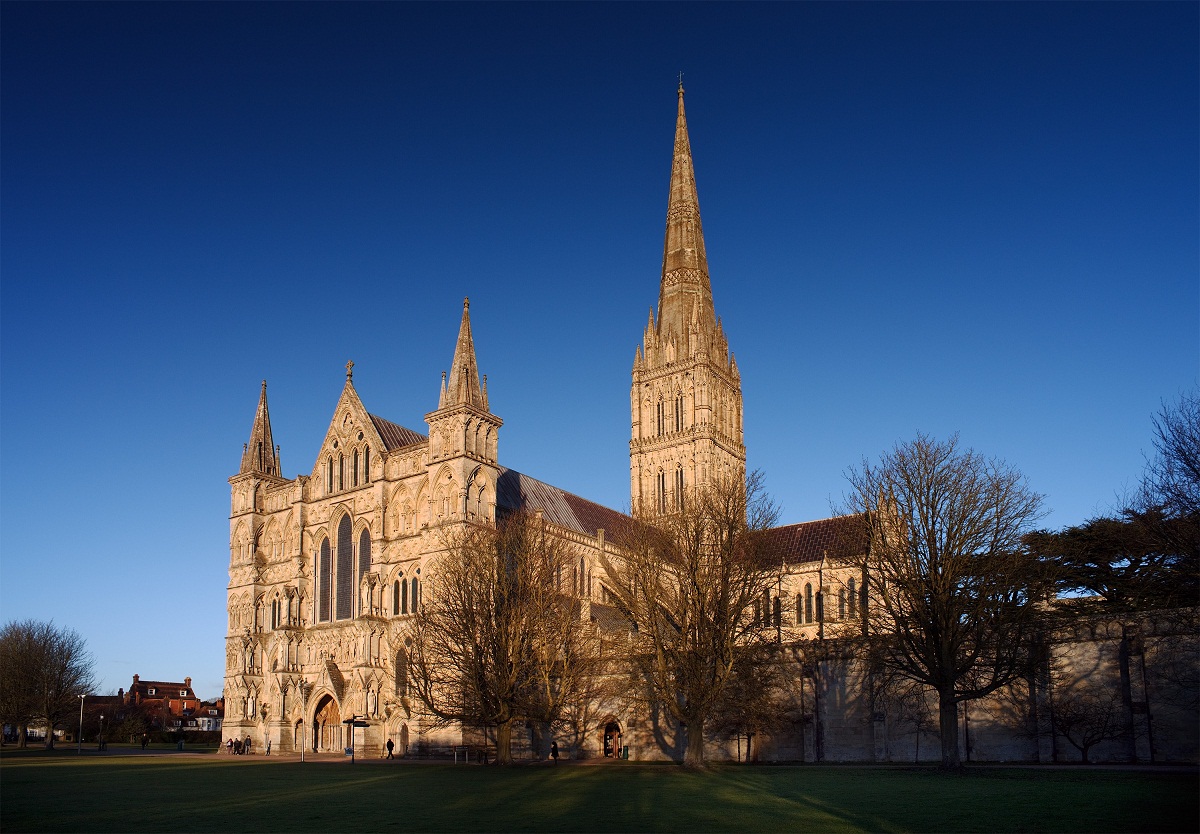
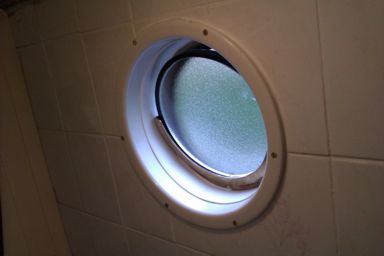
On 12th November 2021 Steve Herra gave a fascinating talk entitled
“Body through the Porthole.” It was the true story of an event that
took place on the “Durban Castle” sailing between Cape Town and
Southampton in 1947.
The two main players were James Camb, a
steward who had joined Union Castle in 1946 and who had a reputation
for liaisons with the ladies. The other main player was Gay Gibson,
an actress who boarded at Durban, travelling to England to further
her career here. Her decision to leave Durban was sudden and some
have thought, since she had a number of men friends, she may have
been pregnant. In any case a friend lent her the considerable sum of
£350 needed for a First-Class passage.
The ship staged all the usual frolics for
people crossing the Equator for the first time.Gay encountered James serving drinks and
apparently requested him to make several deliveries to her cabin;
something he was forbidden to do.
Next morning the cabin steward found the
cabin empty and reported a missing passenger. The ship continued to
Southampton.
A jury in Winchester Great Hall seemed quite sure of their verdict. They convicted him after only 45 minutes deliberation. James was sentenced to Life Imprisonment (as a Bill for the Abolition of Capital Punishment was under consideration by Parliament) and was granted parole after about ten years. He did reoffend and was charged with indecent behaviour and returned to prison where he died.
By a show of hands most members of our club
seemed to think James was innocent of murder.
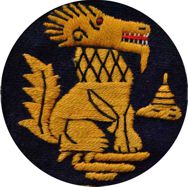
On 26th November 2021 Richard Isaac gave a very full and interesting talk about his father, Arthur Harry Isaac who served with the Chindits in Burma during World War 2. Arthur joined the British Army in 1940 and was posted to India two years later. From there he was sent into Burma on the Arakan campaign which gave him useful experience of jungle warfare but which ended in a total rout by the Japanese.
Arthur was lucky to
survive. He spent time recuperating in India where he made himself
fit and excelled at athletics. His fitness aimed at repelling the
malaria which infected his body, but his athletic achievement and
his previous experience also brought him to the notice of those
creating a force to be known as the Chindits. These were to fight a
guerrilla war in Burma aimed at disrupting enemy supply lines and
preventing the Japanese advance towards India.
The force encountered enemy patrols and encampments and also found danger from snakes and leopards as well as the ever-present mosquito. Arthur survived many attacks and counterattacks and saw at first hand the devastation and death left by the advancing enemy.
On one occasion after escaping an ambush by
Japanese soldiers he spent some weeks alone in the jungle. When he
eventually caught up with the remains of his unit, they were amazed
to see him. His CO could hardly believe he had survived alone with
all the hazards and risks.
After the Battle of Mogaung in February 1945 where the Japanese surrendered, Arthur returned to India.
In June 1945 he was repatriated to England. He was probably suffering from undiagnosed PTSD but continued training for athletics. He decided not to leave the services and joined the RAF in 1947, stationed at Boscombe Down.
His skill at athletics won him many trophies and
marriage in 1955 brought him a family of 4 children. In 1964 he
finally left the RAF and worked as a storeman for the supermarket
Fine Fare. He died in 2000.
An interesting story which throws light
particularly on a part of the War in the Far East most people know
little about. Richard has produced a book detailing his father’s
life.
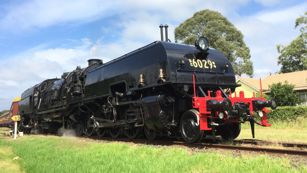
The story begins with the acquisition of Zanzibar and the control of much of South East Africa by the Sultanate of Oman. Zanzibar grew to be the centre of trade for East Africa but, because it involved slavery, the attention of Britain which strongly disapproved of the practice, was drawn there and, after the death of the Sultan in 1888, most of the area was split between British East Africa and German East Africa.
The German Kaiser commissioned two railways in the German section of the area. Railways had already been built on Zanzibar Island by the Sultan who had visited Britain and become enthralled by the steam trains he saw there. After his demise, when Britain took over the island, the need was felt for a railway line from Zanzibar, where ships could berth, across to the mainland and on up into Uganda at Lake Victoria. This would encourage trade, ensure supplies were readily available and provide quick access by troops when needed.
The route via Mombasa to Lake Victoria was by no means easy. Before the line could even reach Mombasa on the Kenyan coast a bridge had to be built across to the mainland, which could carry heavy locomotives. At first this was constructed in wood, brought in from India as the only local timber was palm branches but it was soon replaced with a more durable iron structure.
Once onto the mainland the line had to scale to 7000 ft at its peak. It also had to negotiate the notorious rift valley where the ground dropped from 5,500 ft to 1,500 ft and rose again the other side. 27 viaducts were needed to cross this area. British manufacturers refused to quote for this work as they thought it too difficult but American engineers rose to the challenge.
The first rails were laid in 1896 and the last spike was driven in in 1901. The five-year project cost five and a half million pounds.
The line was largely built by hand, by Indian Coolies who had to lift huge sections of line without modern machinery. They had to contend with tropical storms, man eating lions and all sorts of disease but the line they built opened up East Africa and lasted until the Chinese replaced it in 2005, a hundred years later.
The line spawned a range of purpose-built engines which were developed to carry large supplies of water across many miles in what is, in many parts a desert area. The engines also needed to be very powerful to carry heavy loads and cope with the rises and falls of terrain, often quite steep. Of these the Garratt locomotive was the best known. Vast in size, it was effectively two engines in one. Not known for its speed – 40 mph was maximum- it was nevertheless so effective that in various forms it served the Kenya Uganda Railway faithfully for 30 years, until 1958.
Kevin showed his own fascination for this subject in his talk and aroused much interest as the questions, at the end reflected.
For more previous meetings 2019-21 2021 2021-2 2022 2023 2004 2025
For more recent talks click here